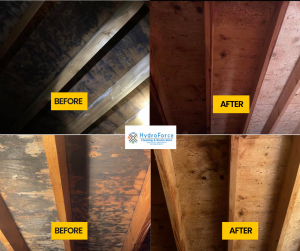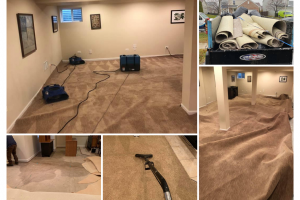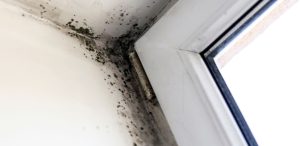How to Remove Mold from the Rubber Seal in Your Washing Machine
Home » How to Remove Mold from the Rubber Seal in Your Washing Machine
The rubber seal of a washing machine is a prime spot for mold to grow. Warm water cycles and leftover detergent residue create the ideal environment for mold spores to thrive. To keep your clothes smelling fresh and clean, it’s important to address mold buildup on the seal.
Also known as the gasket, the rubber seal sits between the washing machine door and the drum. If mold begins to develop, you have two options: replace the gasket or tackle the issue yourself with thorough cleaning.
Why Is It Important to Remove Mold Immediately?
Seeing mold buildup in the rubber seal should prompt immediate action. Neglecting to remove the mold right away can cause adverse outcomes. One consequence is foul odors as mold spores release microbial volatile organic compounds (MVOCs), which are gases that produce strong, unpleasant smells.
Failure to clean the mold results in the newly laundered clothes emitting a moldy smell. This defeats the purpose of washing the clothes. Plus, individuals with mold allergies and those who are sensitive to mold can become sick upon exposure to the mold spores.
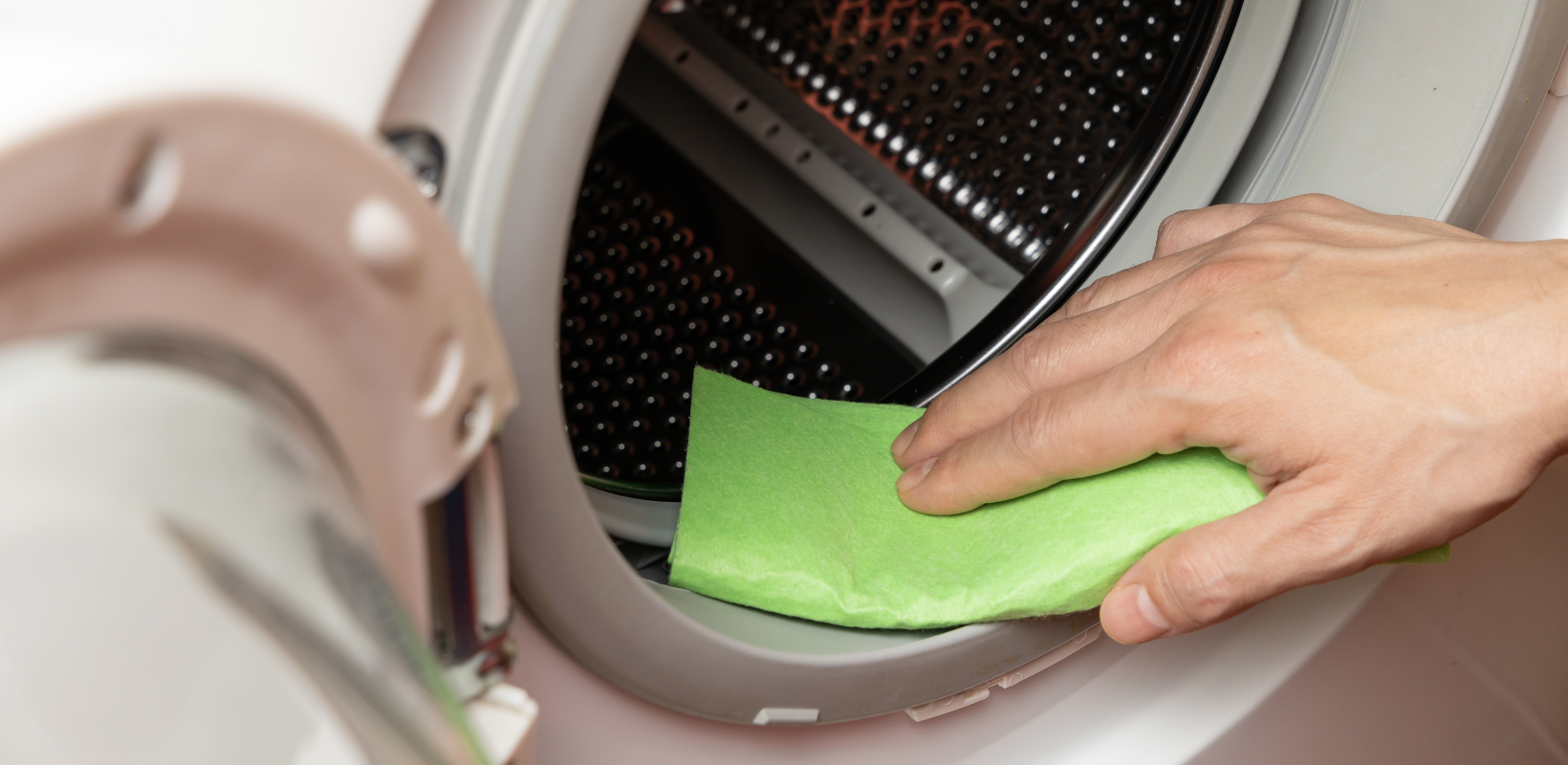
What Kills Black Mold on Rubber?
White vinegar and baking soda are household staples and serve as natural remedies for effectively killing black mold. The acidity of the vinegar dissolves and kills the spores while the baking soda acts as an abrasive so the mold colonies can be gently scrubbed off the rubber seal.
Hydrogen peroxide is another solution commonly found in homes. Like vinegar, this household staple effectively kills mold. Use diluted hydrogen peroxide with a 3% concentration. Simply apply the solution to the moldy areas, let it sit for 15 minutes, scrub away the mold, and rinse with clean water.
Does Bleach Damage the Gasket in Washing Machines?
Bleach is not recommended for use on the gasket, since this piece of equipment is made of rubber. Exposing the gasket to bleach can cause the gasket to fail. The rubber’s polymer chains react with the bleach, causing damage, such as discoloration, brittleness, and cracking, to the gasket.
Further adverse effects of exposing the gasket to bleach may occur. The bleach causes the rubber seal to become more permeable to other chemicals, which causes it to break down. Plus, bleach decreases the rubber seal’s elasticity which results in the gasket functioning poorly.
How to Replace the Rubber Seal in Your Washing Machine
While replacing the rubber seal is a complex task that is best left to appliance repair experts, handy homeowners may be able to perform the job themselves. If you are confident in your DIY skills, here is how you can replace the rubber seal yourself:
- Unplug the washing machine, unscrew the front panel, and remove the outer retaining band. Carefully pull off the rubber seal.
- Clean away the grime in the exposed areas with a damp cloth.
- Align the new rubber seal over the drum, ensuring the drain holes remain at the bottom.
- Once installed, return the retaining band to its position, reattach the front panel, and plug in the washing machine.
How to Safely Clean the Gasket Yourself
The gasket can be successfully cleaned without having to remove it. One of the best ways is to use vinegar which is a safer option than bleach. Here are 2 proven methods to help you remove mold growth from your rubber gasket:
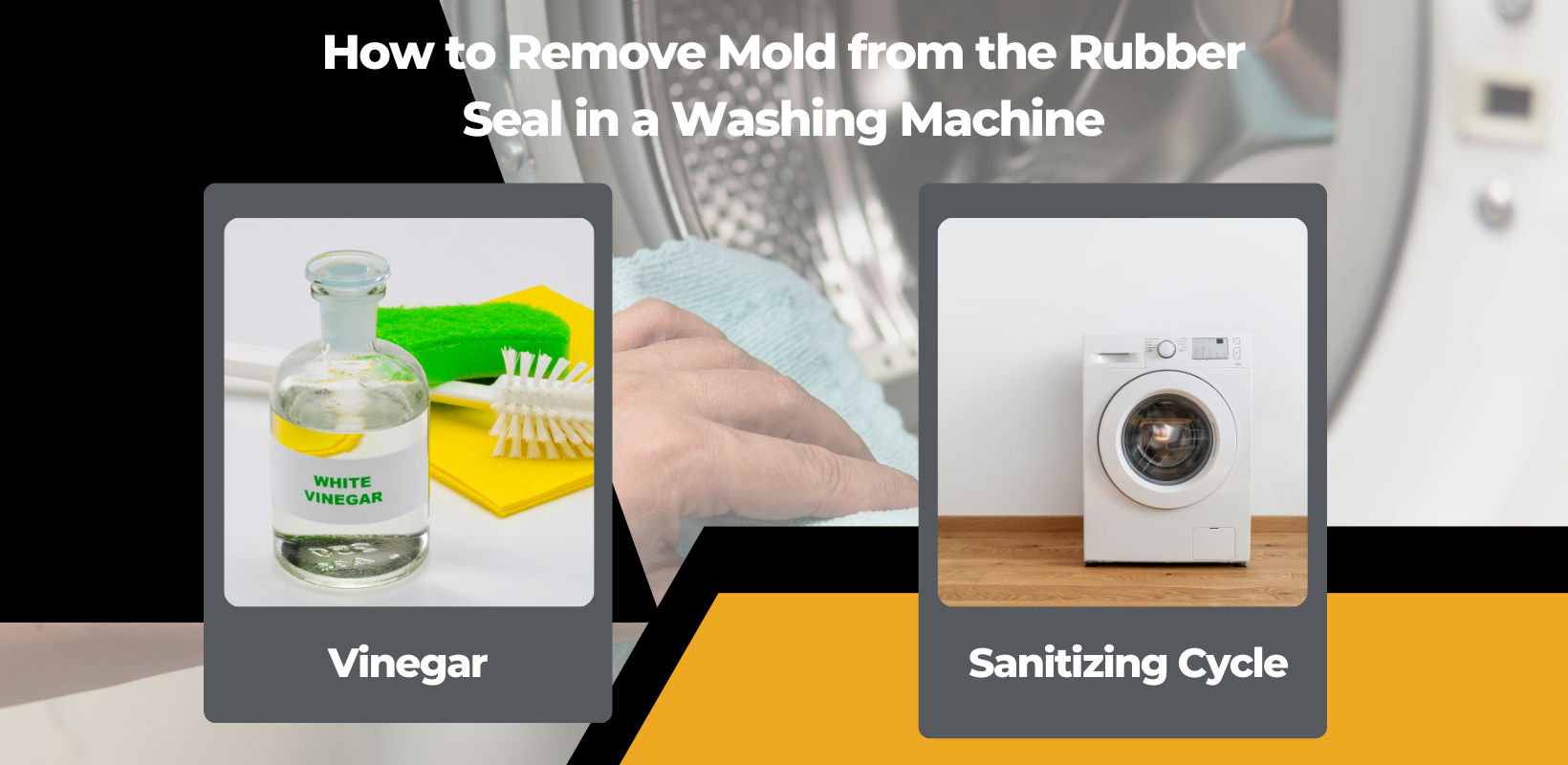
Mold Removal Method #1: Vinegar
Mix equal parts warm, distilled water and white vinegar in a spray bottle. Apply the solution liberally to the gasket.
Let the solution sit for 15 minutes, then use a soft brush to scrub away the mold. Some cleaning experts recommend letting the vinegar sit for 2 to 4 hours. Once the time has elapsed, rinse the gasket. Open the washing machine door to ensure the rubber dries thoroughly.
Commercial mold or mildew cleaners are equally effective for cleaning a moldy gasket. Before using the product, wear gloves to protect the skin. Spray the cleaner onto the moldy areas. Use a rag to work the solution into the mold stains, being sure to target the inside seal, too.
Mold Removal Method #2: Sanitize the Washing Machine
Another way to safely clean mold from the gasket is to run the sanitizing cycle on the washing machine. The sanitizing cycle is simply the hottest cycle rather than a specific setting. Run the sanitizing cycle without any clothes inside the appliance to prevent damaging them.
For an especially deep clean, add a washing machine cleaning agent to the cycle. A commercial product is designed to thoroughly clean the appliance as well as its internal components. Environmentally conscious homeowners can opt for green cleaners, such as homemade ones prepared with vinegar.
You can prevent mold in the gasket by cleaning the washing machine regularly. Leave the appliance door open between cycles to promote optimum airflow; or, use a dry cloth to wipe down damp areas after cycles. Avoid residue buildup by using high-efficiency laundry detergent.
Contact Mold Remediation Specialists
If the mold persists, consider calling a mold remediation professional. An expert can help pinpoint problem areas that may not be apparent during cleaning. HydroForce Cleaning and Restoration offers efficient mold removal services, whether the spores infest the washing machine or elsewhere.
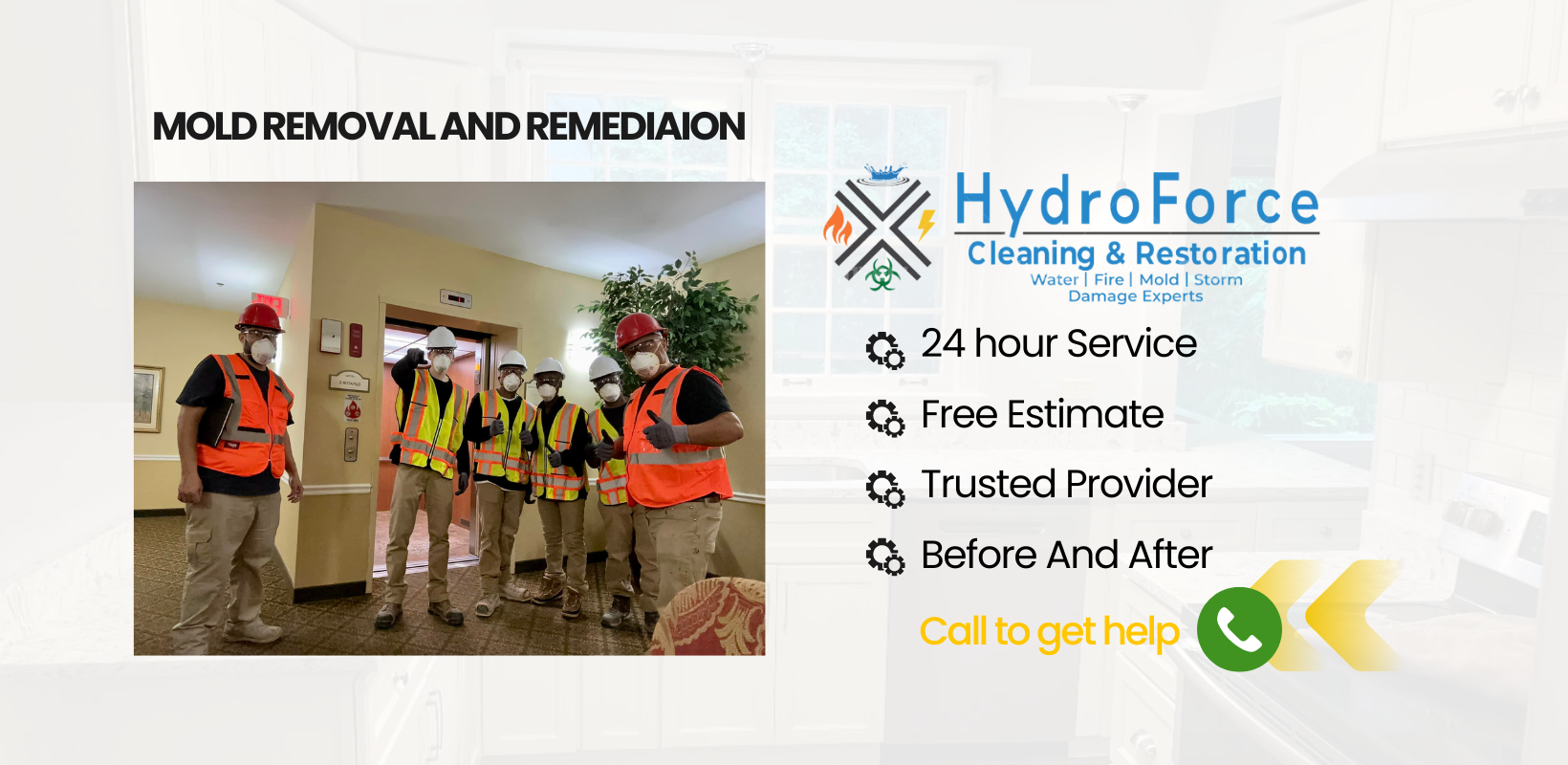
Our skilled mold remediation technicians arrive and inspect your property to determine the extent of mold growth. Using advanced equipment, we locate the moisture source causing the mold infestation, which can be hidden behind walls, under carpets, or beneath wallpaper.
Prior to the mold removal, our specialists seal off the areas to prevent airborne spores from contaminating other parts of the home. HEPA vacuums eliminate mold spores, while our high-tech equipment removes mold stains from affected surfaces. Anti-microbials are subsequently applied.
Our experienced technicians run tests to ensure the mold spores are no longer present and the air quality is optimal. We offer homeowners strategies to manage moisture and prevent mold colonies from returning. Any moldy items that cannot be saved are properly discarded.
When you face a mold infestation of any size, call the pros at HydroForce Cleaning and Restoration. Offering attention to detail, 24/7 availability, and a track record of customer satisfaction, we are the most trusted company for homeowners in Chicago, Bridgeview, Oak Lawn, Illinois, and nearby areas. Call us when mold strikes.
Privacy Policy | Terms & Conditions | 630-835-0862

